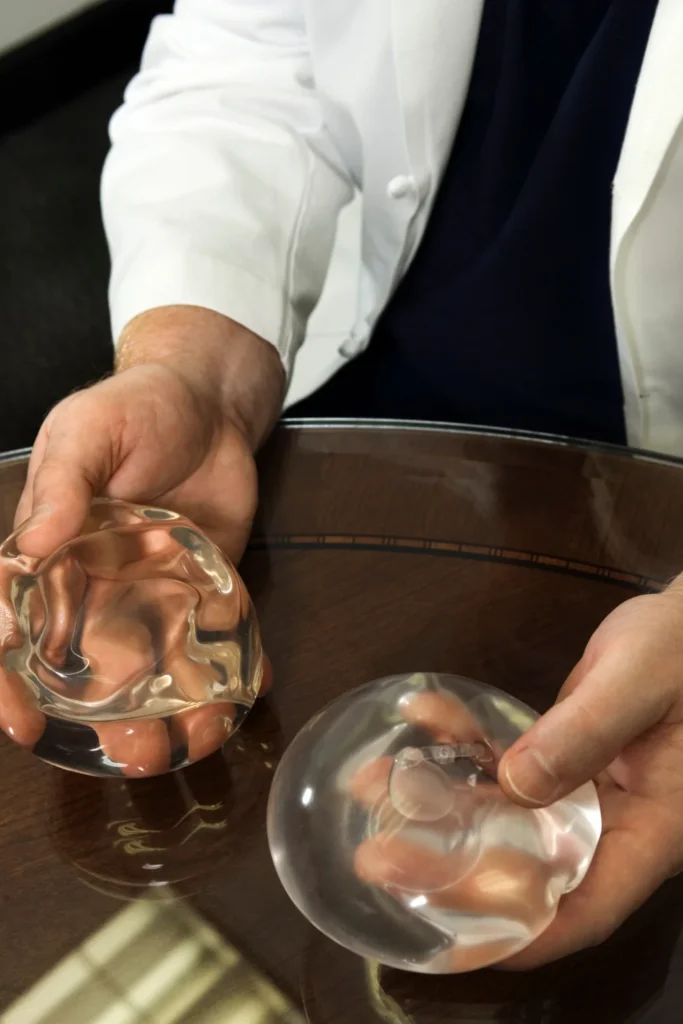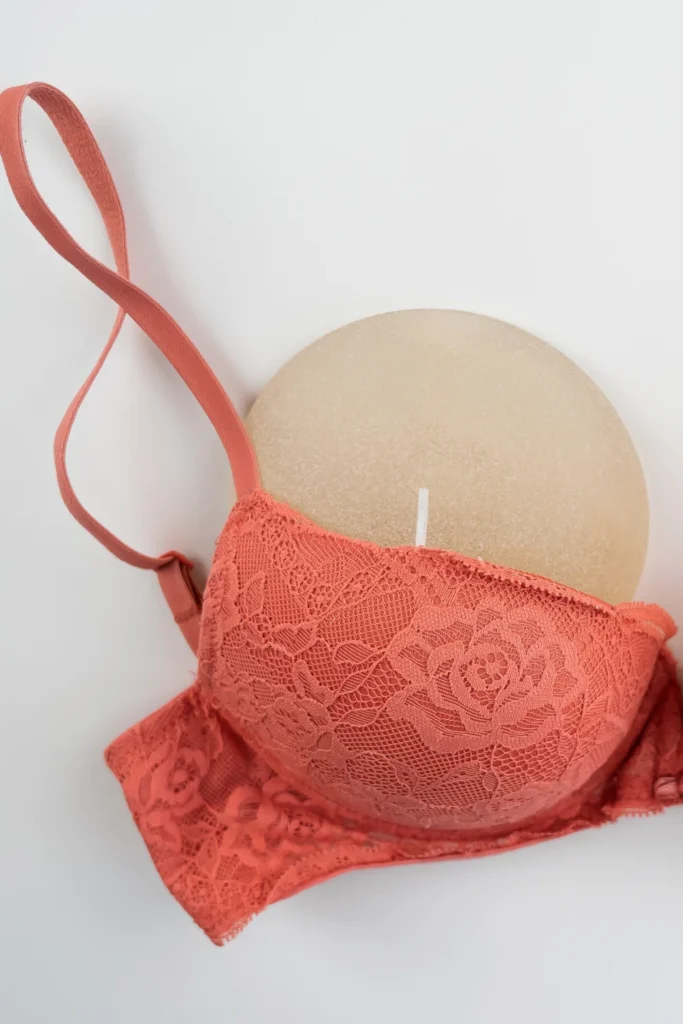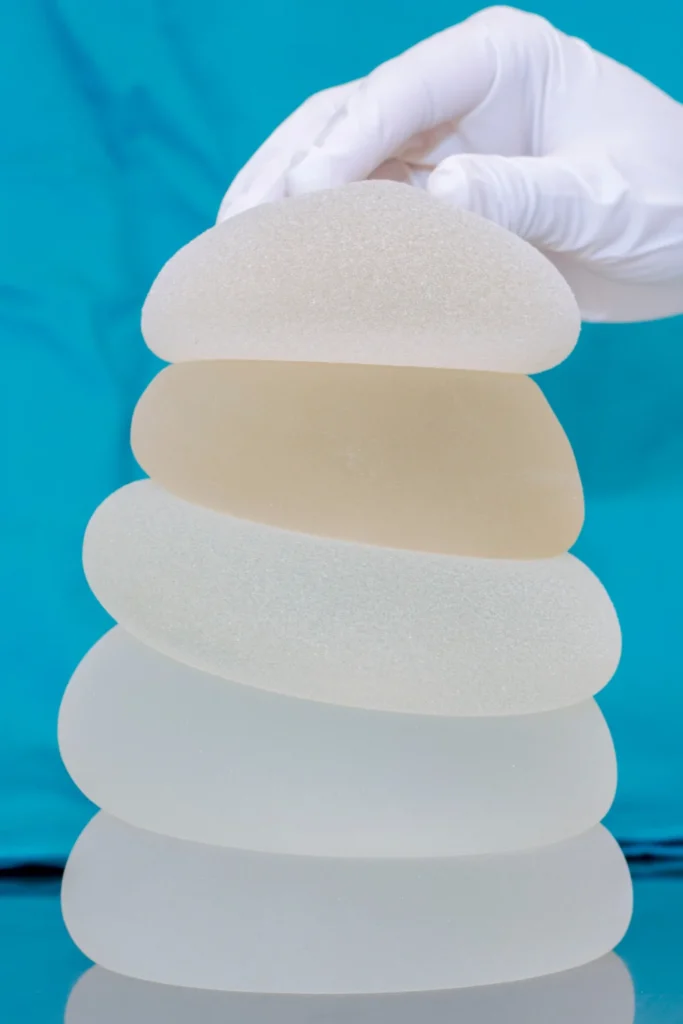Have you found yourself asking, “I’ve had my breast implants for 20 years – what now?” You’re not alone. Many women who’ve enjoyed the benefits of breast augmentation for two decades or more are beginning to wonder about the long-term implications of their implants.
It’s a common concern, and for good reason. Breast implants, while durable, aren’t necessarily designed to last a lifetime. After many years, they may require attention or even replacement. Let’s explore what you need to know if you’re in this situation.

I’ve Had My Breast Implants For 20 Years: The Lifespan of Breast Implants
On average, implants are expected to last between 10 to 20 years. However, this timeline isn’t set in stone. Several factors can influence how long your implants remain in optimal condition. These include the type of implant, your body’s response to the implant, and your overall health and lifestyle.
It’s crucial to understand that while you may have had your breast implants for 20 years without any noticeable issues, regular check-ups are essential. These check-ups allow your plastic surgeon to monitor the health of your implants and provide early detection of any potential problems. Just because you can’t see or feel an issue doesn’t mean one doesn’t exist.
Signs It’s Time to Consider Implant Replacement
Being able to identify signs of implant aging, such as changes in breast shape, firmness, or symmetry, is crucial for maintaining both your health and aesthetic goals. Some signs may be visible, while others might only be detectable through a medical examination. It’s important not to ignore any changes or concerns you may have about your implants, no matter how long you’ve had them.
Changes in Breast Shape or Size
One of the most noticeable signs that it might be time to consider implant replacement is a change in the shape or size of your breasts. This could manifest as asymmetry, where one breast appears different from the other, or a general change in the overall appearance of your breasts. It’s important to note that some changes are natural and occur with aging, regardless of implants. However, significant or sudden changes could indicate an implant-related issue.
Natural aging can affect the appearance of breasts with implants. Over time, your skin may lose elasticity, and the breast tissue may change, which can alter how your implants sit. While these changes are normal, they may lead you to consider updating your implants to maintain your desired appearance.
Discomfort or Pain
If you’re experiencing discomfort or pain in your breasts, it’s essential to pay attention. While some sensations are normal, especially in the year immediately following surgery, persistent or new pain could be a sign of a problem. This discomfort might range from a feeling of tightness to sharp pains or a burning sensation.
It’s crucial to distinguish between normal post-surgical sensations and concerning pain. If you’re unsure, don’t hesitate to consult with your plastic surgeon. They can help determine whether your discomfort is within the realm of normal or if it requires further investigation.
Capsular Contracture
Capsular contracture is a condition that can occur with breast implants, regardless of how long you’ve had them. It happens when the scar tissue that naturally forms around the implant begins to tighten and squeeze the implant. This can cause the breast to feel hard, look distorted, or become painful.
There are different grades of capsular contracture, ranging from mild to severe. In its early stages, you might not notice any visible changes, but as it progresses, the breast can become visibly distorted and painful. If you suspect you might be developing capsular contracture, it’s important to consult with your plastic surgeon. Early intervention can often lead to better outcomes.
Get silicone implants done the right way with Dr. Adrian Lo. As a board-certified plastic surgeon, our team is here to help you achieve your aesthetic goals in a safe environment.
Implant Removal Options

But still, the answer prevails: “I’ve had my breast implants for 20 years. What do I do?” The best choice for you will depend on your individual circumstances, health considerations, and aesthetic goals. Consulting with a board-certified plastic surgeon is crucial to understanding which option might be best for you.
Implant Removal
Breast implant removal, also known as explantation, involves surgically extracting the implants without replacement and can be an option for women who no longer desire augmentation or are experiencing implant-related complications. This procedure is typically less complex than other options and can be a good choice for women who no longer want implants. However, it’s important to understand that after removal, your breasts will not look the same as they did before you had implants.
The aesthetic outcome of implant removal can vary depending on factors such as the size of your implants, how long you’ve had them, and the elasticity of your skin. Some women may be satisfied with the cosmetic results of implant removal, while others might feel their breasts appear deflated or saggy afterward.
Implant Exchange or Removal with Replacement
For many women who’ve had their breast implants for 20 years, exchanging your old implants for new implants or removal with replacement is an attractive option. This procedure involves removing the old implants and replacing them with new ones. It’s an opportunity to address any issues with your current implants while also updating to newer implant technology.
Breast implant replacement not only addresses potential issues with aging implants but also provides an opportunity to reassess your aesthetic goals and take advantage of advancements in implant technology. You might choose to go larger or smaller, or you might opt for a different type of implant altogether. Modern implants often come with improved safety features and may feel more natural than older models.
Implant Removal with Breast Lift
In some cases, particularly for women who’ve had implants for many years, a breast lift might be recommended in conjunction with implant removal. This combination procedure can address both the removal of old implants and any sagging that may have occurred over time.
A breast lift can help restore a more youthful appearance to your breasts after implant removal. It’s particularly beneficial for women who have experienced significant changes in breast shape due to aging, weight fluctuations, or the effects of long-term implant use.
This is a good option for women who have enough natural breast tissue, that with implant removal and a breast lift, their final breast size still meets their aesthetic goals whether that be a B, C or D cup.
Curious about scarless breast implants? Dr. Adrian Lo specializes in it – reach out to us today to schedule your consultation!
The Importance of Regular Check-ups
Proper implant maintenance, including regular check-ups and adherence to your plastic surgeon’s recommendations, is crucial for preserving the health and longevity of your breast implants, especially if you’ve had them for 20 years or more. These check-ups allow your plastic surgeon to monitor for any changes or potential issues before they become serious problems. Most plastic surgeons recommend annual check-ups, but the frequency may change depending on your situation.
During a check-up, your plastic surgeon will typically perform a physical examination and may recommend imaging tests such as a mammogram, ultrasound or MRI. These tests can detect issues that aren’t visible or palpable, such as silent ruptures in silicone implants.
Risks of Keeping Older Implants

Understanding long-term implant safety is crucial for patients who have had implants for extended periods, as it’s important to be aware of the potential risks associated with aging implants and how to mitigate them.
Implant Rupture
Implant rupture is one of the primary concerns with older implants. As implants age, the risk of rupture increases. The signs and implications of a rupture can differ between saline and silicone implants.
With saline implants, a rupture is usually immediately noticeable as the breast will deflate when the saline leaks out. While saline is harmlessly absorbed by the body, the aesthetic impact is immediate. Silicone implant ruptures, on the other hand, may not be immediately apparent.
The silicone typically remains trapped in the surrounding tissue, which is why these are sometimes called “silent ruptures.” Although silicone ruptures are silent, there is no immediate harm to you although once diagnosed, implant replacement is strongly recommended.
Capsular Contracture
We’ve discussed capsular contracture earlier, but it’s worth noting that the risk of this condition may increase with implant age. The longer an implant is in place, the more time there is for scar tissue to form and potentially contract around the implant.
Treatment for capsular contracture can range from medication to surgery, depending on the severity. In some cases, implant removal or replacement with scar tissue removal (total capsulectomy) may be necessary to address severe contracture.
Implant Displacement
Implant displacement occurs when the implant moves from its original position. This can happen for various reasons, including capsular contracture, trauma, or simply the effects of gravity over time. Signs of displacement might include asymmetry, an unnatural appearance, or a feeling that the implant has shifted.
Addressing implant displacement often requires surgical intervention. This usually involves breast pocket revision and repositioning a new implant.
Breast Implant Illness (BII)
Breast Implant Illness (BII) is a term used to describe a wide range of symptoms that some women with breast implants experience. These can include fatigue, joint pain, memory problems, and other systemic symptoms. While not officially recognized as a medical diagnosis, some women report relief from these symptoms after implant removal.
The condition of BII is not fully understood and research is ongoing. It is important to have open and honest conversations with your healthcare providers about any concerns you may have, especially if you’ve had your implants for a long time.
Make the Right Decision for Your Health and Aesthetic Goals with Board Certified Plastic Surgeon Dr. Adrian Lo
If you’re thinking “I’ve had my breast implants for 20 years, now what?” It’s crucial to consider your options carefully. Every woman’s situation is unique, and what’s right for one person may not be the best choice for another.
Dr. Adrian Lo can help you address breast implant revision, offering personalized care and expert advice. Whether you’re considering implant exchange to new implants, implant removal with or without breast lift or simply want to ensure your silicone or saline implants are still in good condition, schedule a consultation to discuss your options.
